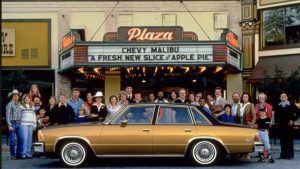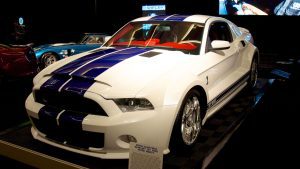
In the automotive industry’s history, Aston Martin has managed to secure itself a high position courtesy of its iconic cars right from the past till the present. Moreover, the brand is known for making some impressive motors in three main configurations, I-6, V8, and V12. The DB series is known for its extensive use of I-6 engines in the early models and V8 and V12s in the later models. The DB4 is unmistakable with its coupe yet fastback-style body shape and impressive driving dynamics even by today’s standards. While the cars did not arrive with many safety aids, their poise around the corners and high-speed stability are among the best when compared to the competitors. At present though, a majority of the DB4 examples hardly see much action and are collector’s items acquired to increase the garage value.
10. Electrolytic corrosion in the chassis
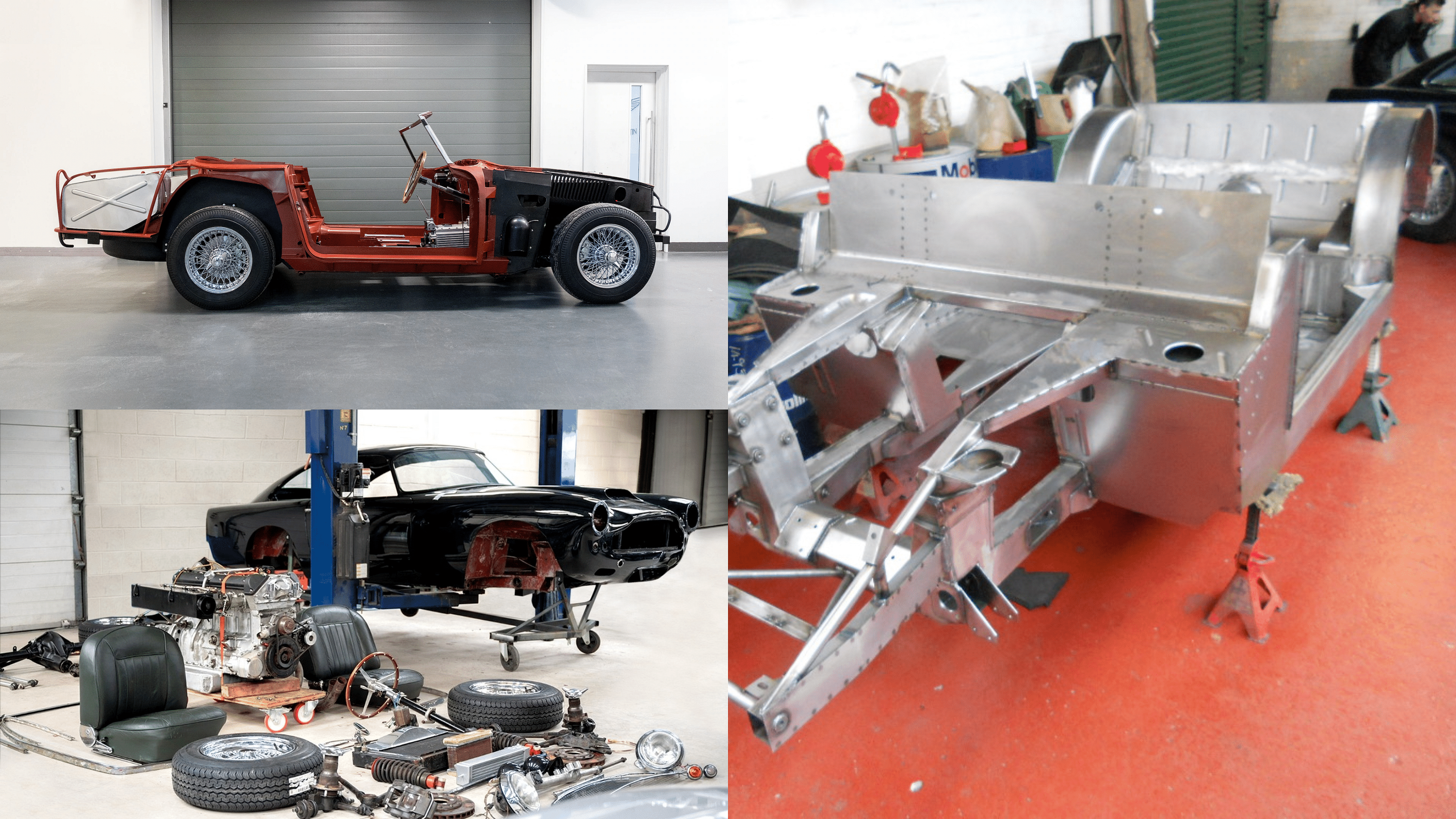
Aston Martin used the Carrozzeria Touring’s Superleggera construction methods in the case of the DB4. It is made of a welded stiff steel structure with light-pressed panels and welded small tubes. As a result, the overall construction is quite complex. The poor rust-proofing results in an affinity of the DB4’s chassis to catch rust without many early signs. It needs to be checked thoroughly before moving on to the car further.
9. Check the transmission
For the transmission, the DB4 received a standard David Brown 4-speed manual unit which is a reliable one like the motor. However, the extensive usage leads to the wearing of the layshaft bearings and worn-out synchromesh as well. If these signs are present, the transmission would require a complete rebuild.
8. Brittle window sills
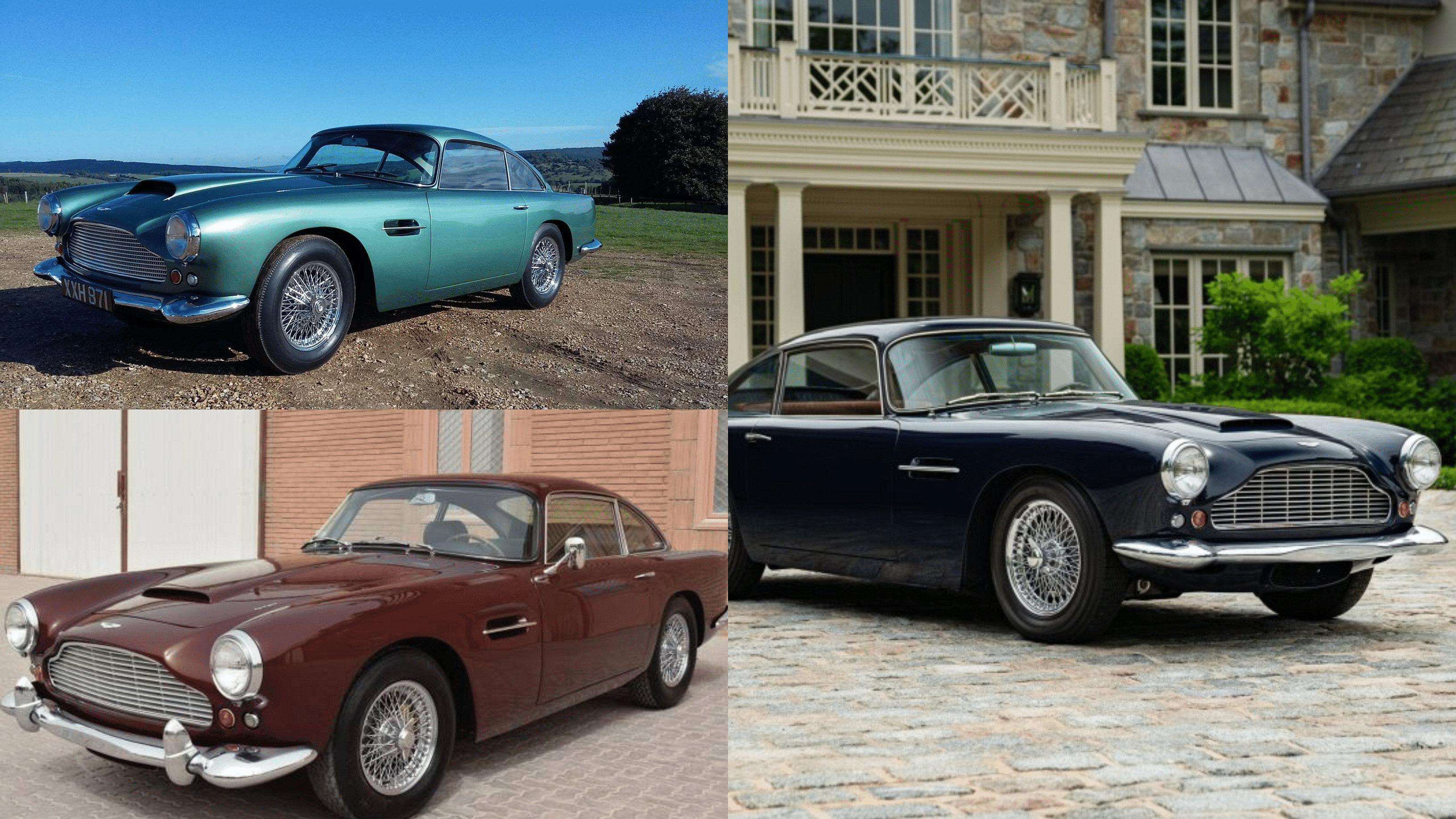
The window sills of the DB4 are made of aluminum. Due to their thin construction, they are known to become brittle over time and repeated usage. Do check for them properly since bad and easily breakable window sills can be quite expensive to repair.
7. Differential ratio
The DB4 was offered with multiple gear ratios. If you intend to use the car for relaxed cruising purposes, the ones with the higher gear ratios should be chosen.
6. The engine’s fluid condition properly
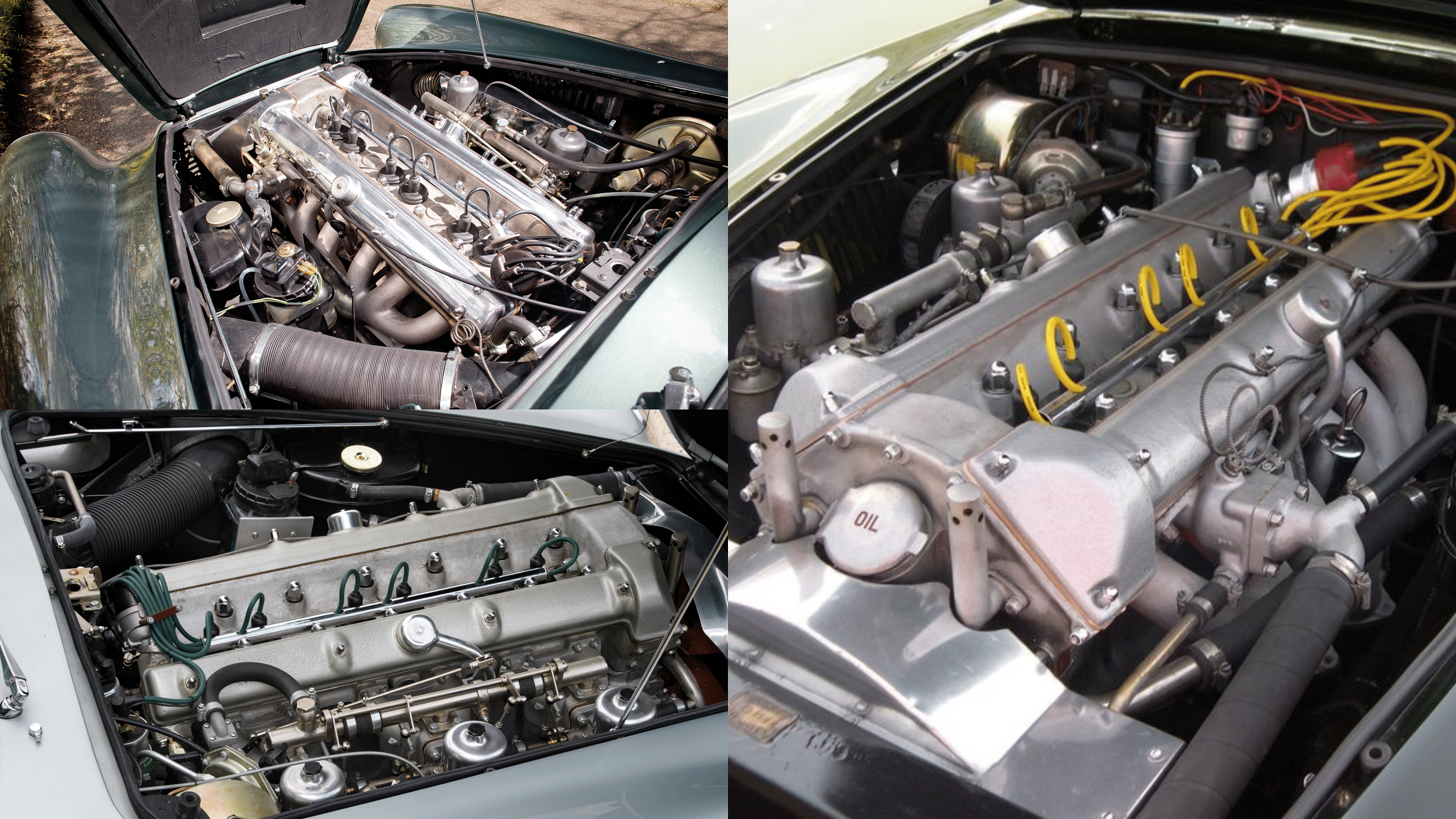
The overall reliability of the DBB4’s 4.0L I-6 is pretty solid. It is known for its impressive performance. However, given the car’s age, the engine is likely to develop gasket failures if not taken care of properly. Firstly, you need to ensure the engine’s oil pressure is at 80 psi while running at 3,000 rpm. Next up, examine the exhaust under heavy acceleration and watch out for blue smoke, which is bad news.
5. Suspension lubrication
The suspension of the DB4 requires a bit more oiling of its suspension than many vehicles out there. The maintenance interval is 2,500 miles. And if that has not been followed, expect the suspension to be in an unfavorable condition.
4. Check the tires for their size

The Aston Martin DB4 rolled off from the factory doors with cross-ply tires. However, a majority of the examples now ride on radial tires since the original ones have become obsolete mostly. Tires up to 185-section are okay but anything above that will make the sterling heavier unnecessarily.
3. Leaks on the engine
The engine’s reliability cannot be questioned but poor maintenance can be an issue. Do check the right side of the engine block that houses the weep holes for the cylinder liners. If the holes show signs of significant stains or leakages, overhaul the motor, period.
2. Interior trims
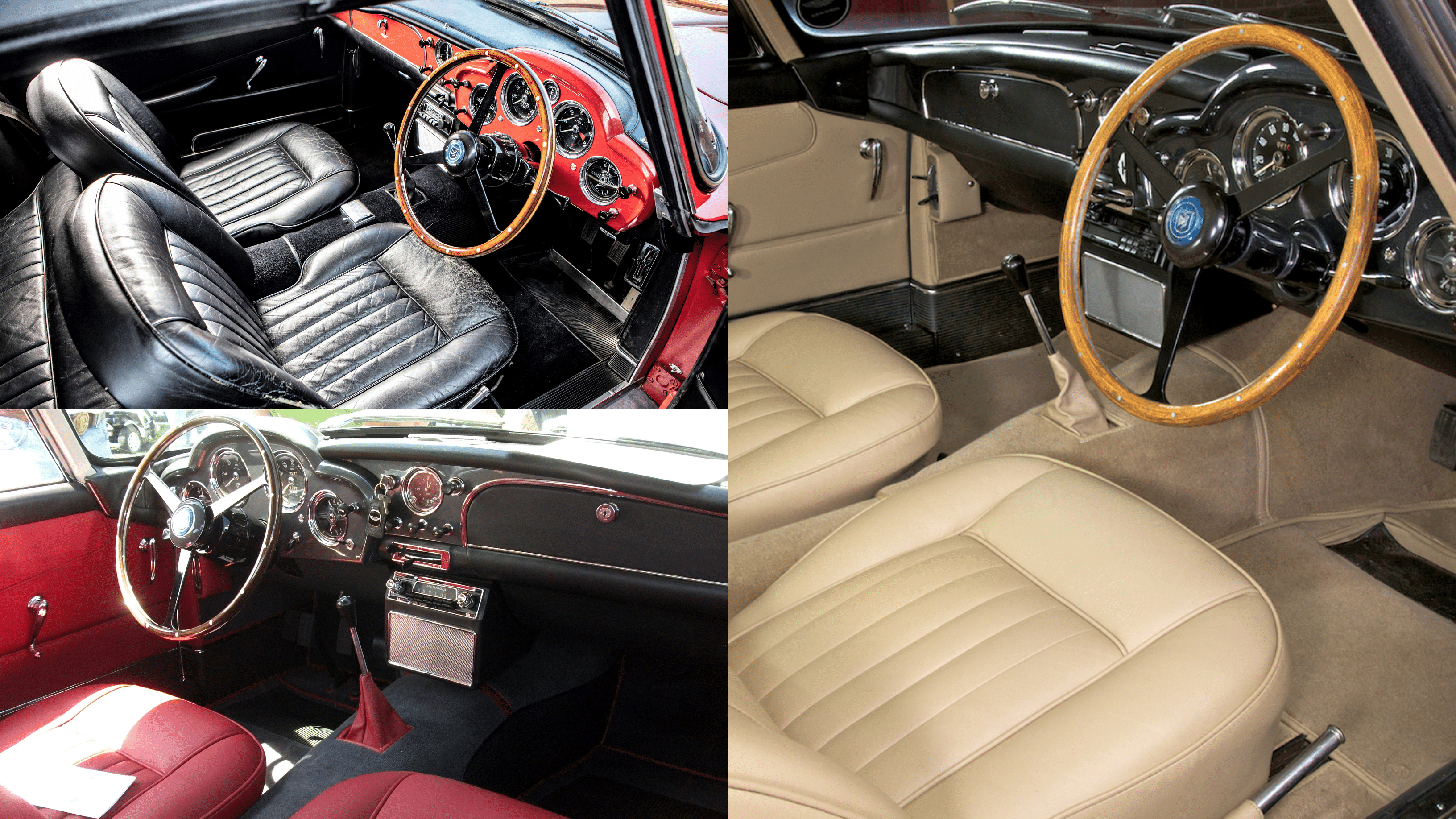
The DB4 came with a premium cabin with plenty of leather trims. Given the age of the car, expect the interior trims to be faded or cracked if not restored promptly. While restoring the cabin won’t be cheap, the straightforward layout won’t pose a challenge to an experienced trimmer though.
1. Timing belt
Another important bit about the motor is its timing belt. The DB4’s motor’s timing required a replacement every 75,000 miles. If not done, the belt would snap resulting in bent valves which would then be a costly affair. Do check for it without fail.



